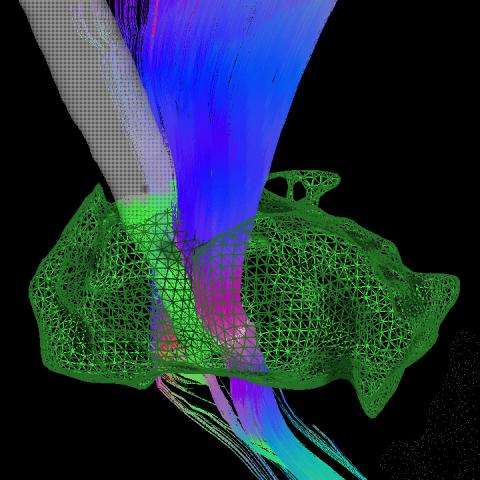Deep brain stimulation (DBS) is an electrical therapy that can help to alleviate symptoms of movement disorders like Parkinson's disease, Essential Tremor, and dystonia. Despite its clinical successes, how DBS works is not fully understood.
Professors Stephanie Jones and Wael Asaad are collaborating to improve DBS efficacy by integrating human brain recordings collected during DBS surgery and biophysically principled modeling of the circuits impacted by DBS.
Experiments are designed to increase basic understanding of the neurophysiological substrates of normal and pathological movement in the human brain, and to use this information to guide improved treatments.
